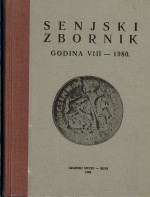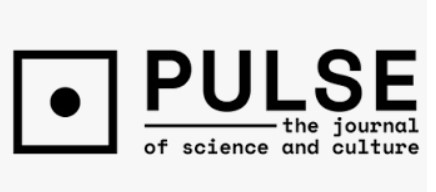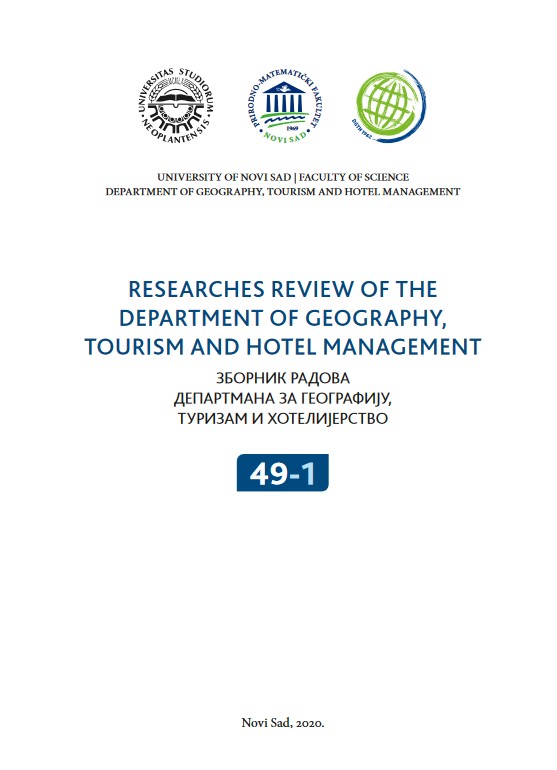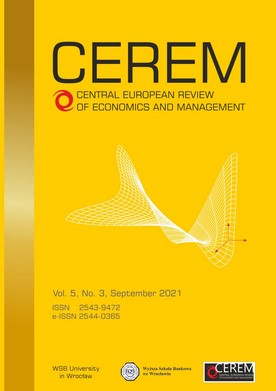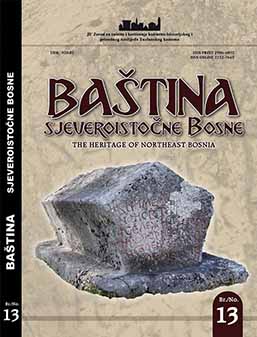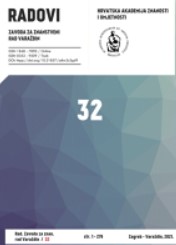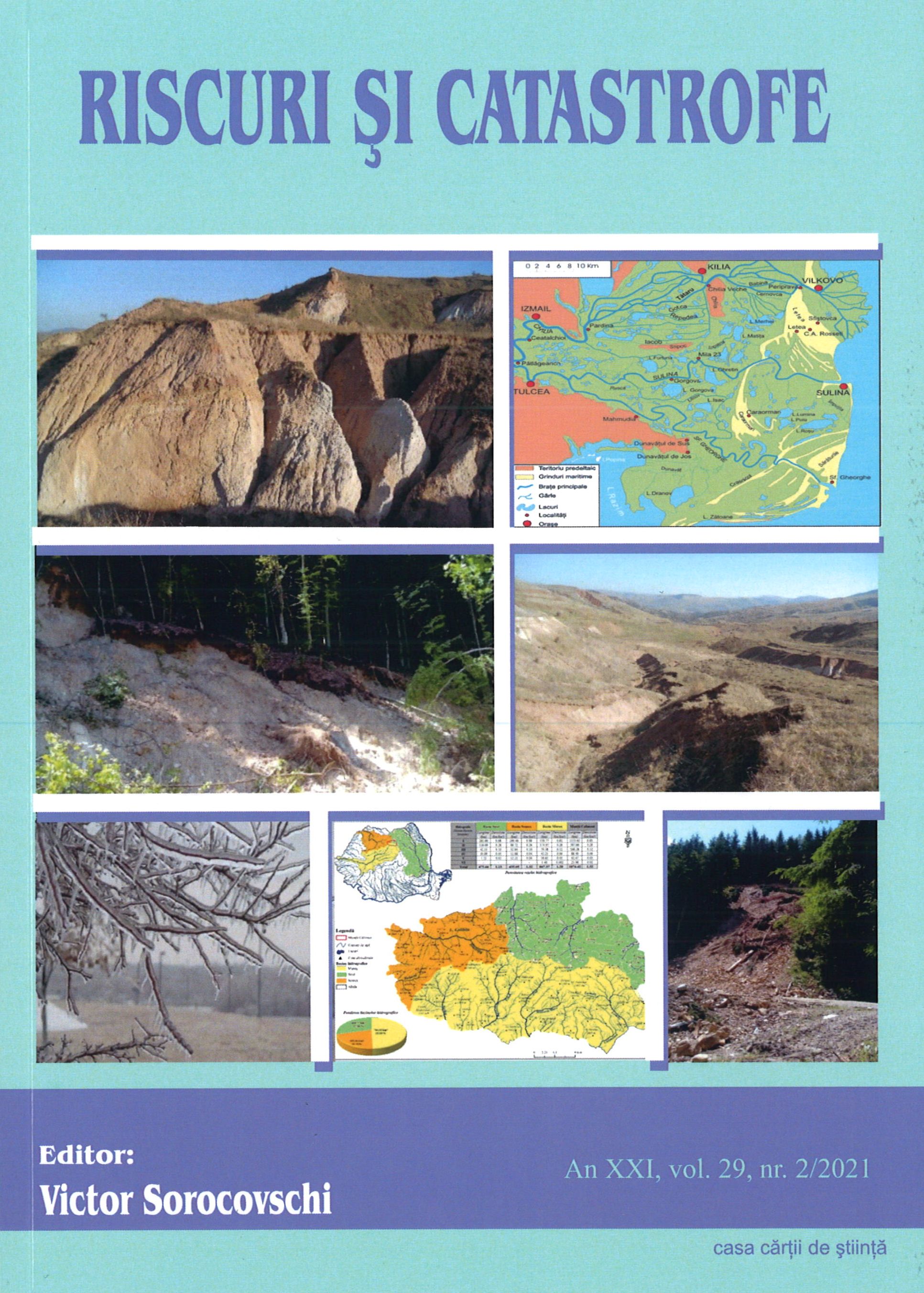Author(s): Gheorghe M. Rus,Ioan-Aurel Irimus,Csaba Horváth,Gheorghe Roșian / Language(s): English
Issue: 2/2021
The hydrographic basin of the Iara River, a former mining area (territory imposed over the Iara Depression) presents numerous locations with degraded lands following the mining activity (in the former exploitation points at Făgetu Ierii, Mașca, Măgura Ierii, Băișoara), as well the development of massive deforestations in the upper sector of the Iara River (upstream of Valea Ierii commune). On medium and long term, these degraded lands are and will be included in ecological protection and conservation projects, so that, for example, the former mining points can be introduced in the tourist circuits. We mention that currently there is already a trend in this regard, in countries such as Poland, Slovakia, where former mining operations are included in tourist circuits, and tourist numbers are increasing in these locations (example - Silesia region). Thus, the transition must be made from the former Iara mining area, to a tourist area in which we hope that tourism will become the main economic activity. We add that, at present, there is only one exploitation point (of industrial dacite - in Băișoara locality), and tourism is relatively in an incipient phase (in Iara commune), while in Băișoara and Valea Ierii communes tourism is much more developed compared to Iara. On the other hand, there are many degraded lands following the geomorphological processes within the Iara Depression (landslides, ravines, gully erosion) in Iara, Făgetu Ierii, Agriș, Valea Agrișului, the low area of Băisoara (overlapping the Iara Depression). Thus, in the present study we aimed to classify degraded lands from the Iara river basin in two categories, namely: degraded lands caused by anthropogenic intervention, and degraded lands generated by geomorphological processes (practically based on a natural cause). For this GIS technology was used, to achieve the classification of degraded lands; also prior and after the use of GIS technology, numerous field trips were made to gather information, take pictures, take soil samples, as well as for confronting the reality in the field, following the creation of the cartographic material.
More...
